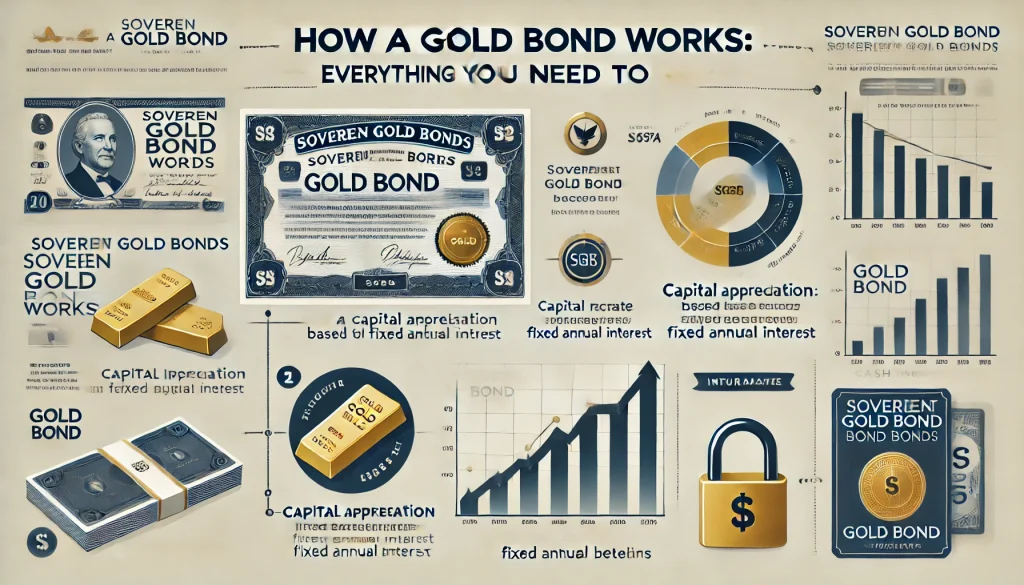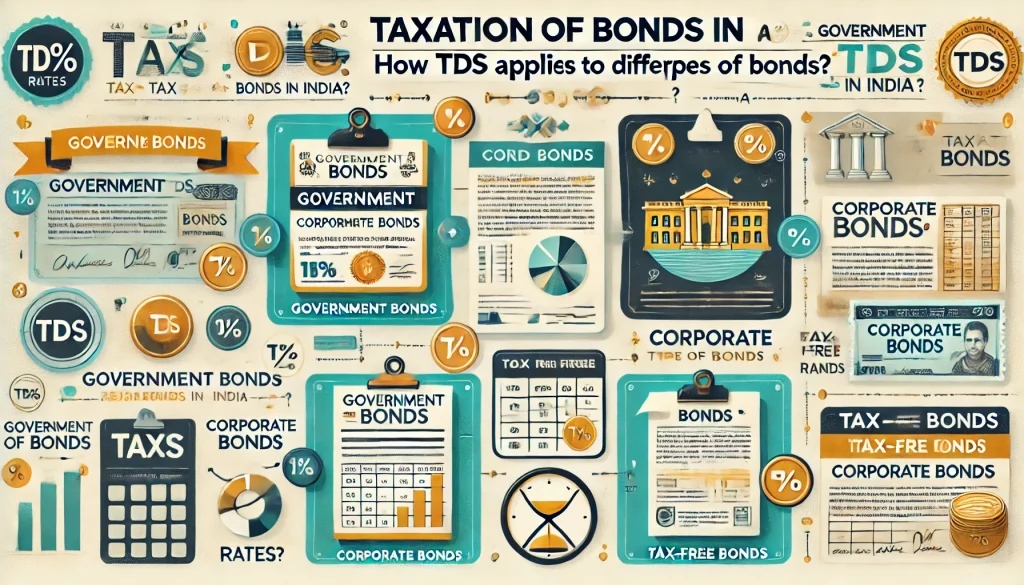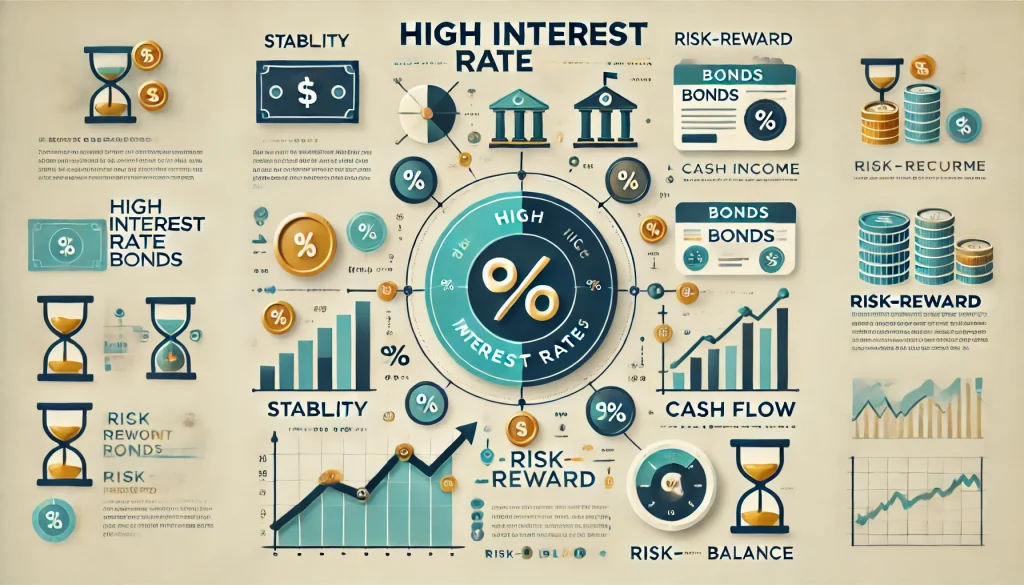
Several companies and governments borrow money from investors by issuing bonds. In return, the entities promise to pay a steady interest rate on the amount invested. Callable bonds are one such type of bond, with the unique feature of allowing investors a right to call back their holdings before their maturity. In this blog, we walk you through how these bonds work, their types, advantages and more.
What are Callable Bonds?
A callable bond, often called a redeemable bond, allows an issuer to repay the bonds before its regular maturity date. Such bonds are often issued upon an agreement between an issuer and a bondholder.
Callable bonds are a way for the issuer to manage their debt. They can choose to pay back the money they borrowed earlier than maturity. Usually, companies do this when the interest rates in the market are lower than the interest they are already paying on these bonds. So, they pay off the old bonds and borrow money again at a cheaper rate.
Before we dive into more details, let’s go through a callable bond example. Suppose a company issues a callable bond with the following features:
- Face Value: ₹1,000
- Call Price: ₹1,050
- Maturity: 10 years
- Call Date: After five years
- Coupon Rate: 7% per year
Imagine you decide to invest in these bonds. After five years, if the company decides to use the call option, it can buy back these bonds for ₹1,050. As an investor, you will get your initial ₹1,000 and the interest earned until the call date. However, your future interest payments will stop if the bank calls the bonds.
How Does a Callable Bond Work?
Issuers who anticipate that interest rates might drop in the future deal with callable bonds to take advantage of lower rates. When rates fall, they can choose to call back the bond and issue new ones at lower rates to save on interest costs. Although issuers have a choice to call back the bond early, premature redemptions are not mandatory in such cases.
When an issuing agency calls it back early, they will pay more than the bond’s face value. This extra amount is known as a call premium. It compensates investors for missing out on the interest they would receive if the bond had continued until its maturity date.
However, the call premium decreases as the call date gets closer to the maturity date. If they do not call it before maturity, there will be no call premium and investors will only receive the bond’s face value.
In some cases, there can be a call protection clause which makes it difficult for an issuer to call back the bond. This clause is usually in effect during the bond’s early years of the term and it is usually up to the issuer to decide how long it lasts.
Types of Callable Bonds
The following highlights the different types of callable bonds available in India:
1. Sinking Fund Redemption
Sinking Fund Redemption enables an issuer to repay a certain portion of the bond at regular intervals as per a fixed schedule. This approach allows the company to save money and avoid making large one-time payments when the bond matures.
2. Optional Redemption
In this type, an issuer has the choice to pay back the bonds based on the agreed terms after a specific period. For instance, municipal bonds have optional call features, which means the issuer can choose to repay it after a set time, often around ten years.
3. Extraordinary Redemption
In this case, an issuer can pay back the bonds early if a specific event occurs. Suppose the bond was initially issued for a particular purpose, such as building a plant, but the project is cancelled or the plant is damaged. Then the company can choose to redeem the bonds before their scheduled maturity.
How is a Callable Bond Valued?
A callable bond pricing is determined using the following formula:
Price of a callable bond = Price of regular bond – Price of a call option
Here,
- The price of a regular bond is the price of a standard bond having similar features to a callable bond.
- The price of a call option is the cost of redeeming a bond before its maturity.
Advantages of Callable Bonds
Here are some different advantages of a callable bond which you can get by opting for it:
- You can receive higher interest rates from callable bonds compared to other fixed instruments. This is because an issuer can choose to call back the bond anytime.
- Investors in these bonds get a steady stream of fixed interest payments as long as they hold the bond.
- A callable bond offers issuers flexibility due to the built-in call option. They can switch to bonds with lower interest rates when market interest rates are dropping.
- Investors with various risk preferences and return expectations have a variety of choices when it comes to a callable bond.
Disadvantages of Callable Bonds
Here are some disadvantages of a callable bond:
- Callable bonds might be more challenging to buy or sell at the prices you want, which could present liquidity challenges for you compared to non-callable bonds.
- When a bond gets called back, you, as an investor, may encounter the difficulty of reinvesting your initial amount at possibly lower interest rates.
- The income you receive from a callable bond can become uncertain if an issuer decides to use the call option.
Although it offers issuers the flexibility to benefit from market conditions, the rules for callable bonds may differ for different issuers and investors. Therefore, individuals who want to issue/invest in such bonds should know all terms and conditions carefully or consult financial experts for advice before investing in them.
FAQs
A call price is an amount that an issuer of a bond would give to buyers if they decide to cash in the callable security before its maturity date.
It is a rule in callable bonds that restricts the issuers from prematurely paying off these bonds for a specific time period. If a bond has a 5-year call protection clause, it means the issuers cannot buy back those bonds before those 5 years have passed since they were first issued.
Whether or not a company decides to issue callable bonds depends on its specific needs and financial strategy. A company may choose to issue a callable bond to raise funds, but they also have the option to explore other types of bonds based on their circumstances.
When the interest rates rise, the prices of callable bonds usually drop. These bonds are usually not redeemed since the issuer would have to refinance the debt at a higher interest rate.
No, you cannot convert a callable bond into equity shares.


